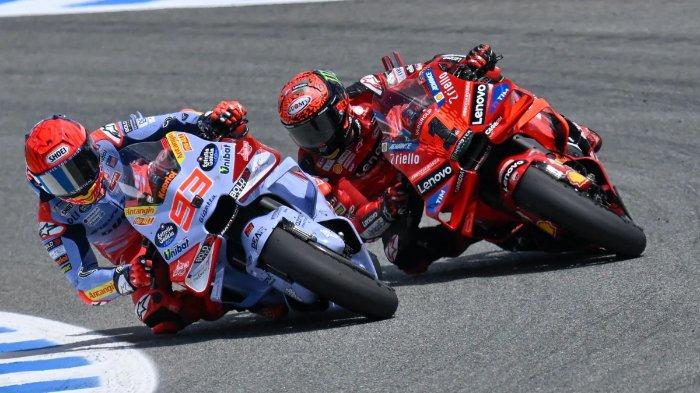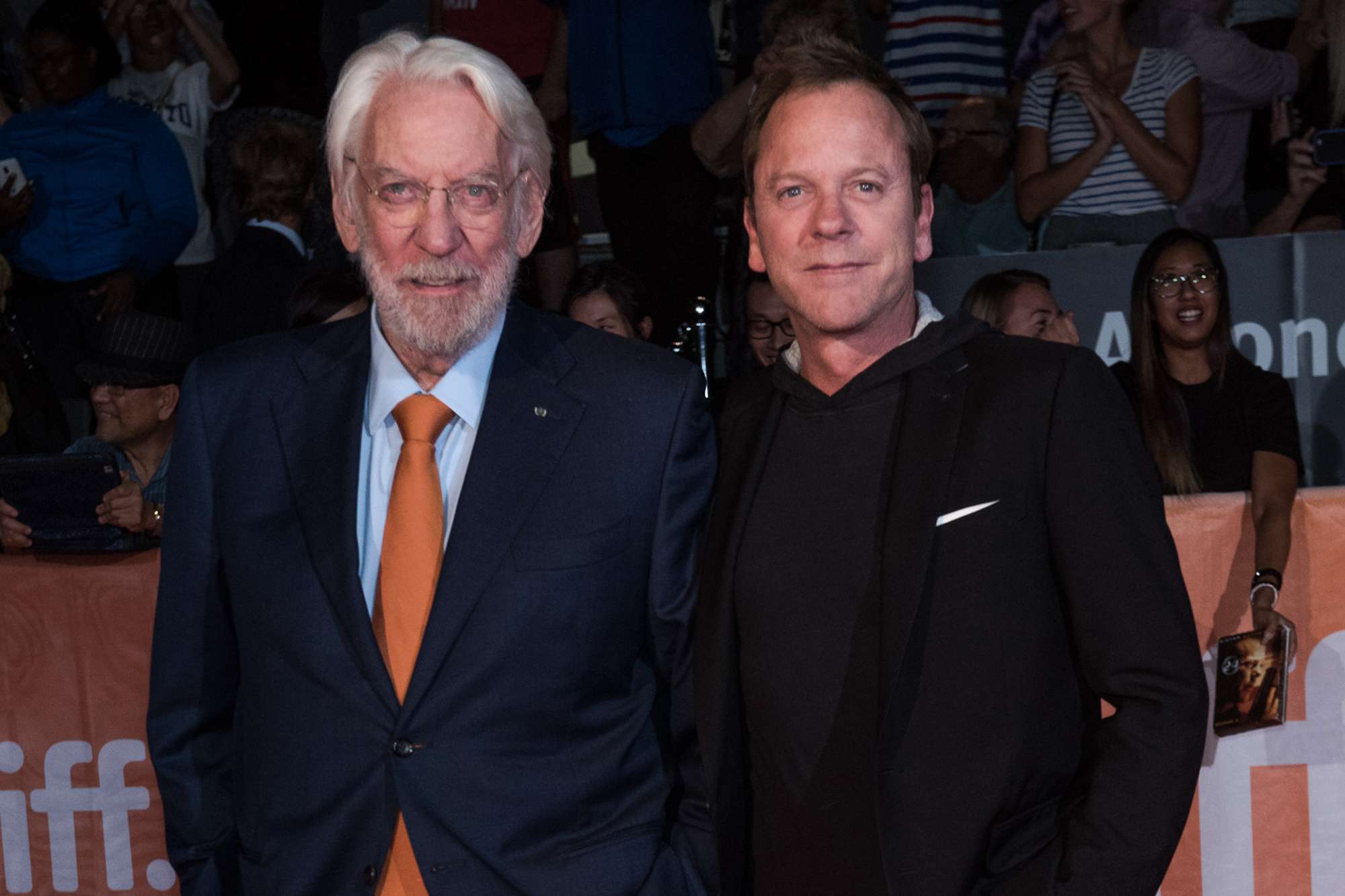Late-Career Performance In Formula 1: A Study Of Success And Failure

Table of Contents
Physical and Mental Fitness: The Declining Factor?
The intense physical and mental demands of Formula 1 racing are legendary. Maintaining peak performance as the years accumulate presents a significant challenge to even the most gifted drivers.
The Physical Demands of F1 Racing
The physical demands of Formula 1 racing are immense. Drivers endure extreme G-forces during cornering, requiring exceptional neck strength and core stability. Maintaining cardiovascular fitness is crucial for managing the intense heat and stamina required throughout a race weekend. Hand-eye coordination and rapid reaction times are also paramount.
- Neck Strength: Essential for resisting G-forces during high-speed cornering.
- Cardiovascular Fitness: Crucial for endurance during demanding races and hot conditions.
- Hand-Eye Coordination: Critical for precise control of the car and rapid responses to changing track conditions.
- Reaction Time: Essential for making split-second decisions in high-pressure situations.
Age inevitably impacts these factors. Muscle mass and bone density decrease, reaction times slow, and cardiovascular efficiency diminishes. However, drivers like Fernando Alonso have demonstrated that meticulous training and dedication can mitigate these age-related declines, enabling continued high-level performance even into their late thirties and beyond.
Maintaining Mental Acuity
Beyond physical prowess, mental resilience and focus are crucial for sustained success in Formula 1. The pressure cooker environment demands unwavering concentration, strategic thinking, and the ability to adapt to rapidly changing circumstances.
- Pressure Management: Handling the intense pressure of competition and media scrutiny.
- Strategic Thinking: Analyzing race situations, making informed tire strategy decisions, and adapting to opponent's tactics.
- Adaptability: Responding effectively to unexpected situations, mechanical failures, and changing weather conditions.
While experience can compensate for some age-related declines in reflexes, maintaining mental sharpness is paramount. The ability to learn and adapt, coupled with the wisdom gained through years of experience, can prove invaluable in late-career success.
Adaptability and Technological Advancements
Formula 1 is a sport of constant evolution. The rapid pace of technological advancements necessitates continuous learning and adaptation for drivers to remain competitive.
Mastering New Car Technologies
The introduction of new regulations, aerodynamic changes, and technological upgrades presents a steep learning curve for all drivers, especially those later in their careers. Understanding and mastering these changes is critical for maintaining competitiveness.
- New Regulations: Adapting driving styles to accommodate new aerodynamic rules and mechanical adjustments.
- Aerodynamic Changes: Understanding the impact of downforce adjustments and optimizing driving lines accordingly.
- Technological Upgrades: Learning to operate and utilize new electronic systems and driver aids effectively.
Drivers who struggle to adapt often find themselves falling behind, highlighting the importance of continuous learning and embracing new technologies. Conversely, drivers who actively engage with these advancements often prolong their successful careers.
Team Dynamics and Driver Synergy
The driver-team relationship is a pivotal factor in late-career success. Effective communication, trust, and mutual respect contribute to a strong, supportive environment.
- Communication: Open dialogue between the driver and engineers is essential for optimal car setup and strategy development.
- Trust: Confidence in the team's abilities and their commitment to supporting the driver is crucial.
- Teamwork: Collaborative effort between the driver and the team is vital for achieving optimal performance.
A supportive team can provide the necessary resources and guidance to help older drivers overcome age-related physical and cognitive challenges. Conversely, a strained team environment can exacerbate these challenges, leading to decreased performance and a premature end to a driver's career.
Motivation and Legacy
The desire to continue pushing boundaries and leave a lasting legacy can drive exceptional late-career performance.
The Drive to Achieve
Intrinsic motivation plays a significant role. The pursuit of personal achievement, the desire to win more races, or the ambition to secure a championship can provide the impetus to continue competing at the highest level, regardless of age. Examples abound of drivers driven by a burning desire to prove themselves beyond their perceived prime.
Financial Incentives and Contract Negotiations
Financial considerations and the attractiveness of contract offers can significantly influence a driver's decision to extend their career. Lucrative contracts, bonuses tied to performance, and the opportunity to race for a competitive team can act as powerful motivators.
Case Studies: Triumphs and Failures in Late-Career F1
Analyzing specific drivers reveals contrasting narratives. Some, like Alain Prost, demonstrated sustained success late in their careers, achieving significant wins and championships. Others experienced a more gradual decline in performance, highlighting the complexities of age and competition in Formula 1. A comparative study of these cases can illuminate the various factors contributing to both triumph and failure.
Conclusion
This article has explored the multifaceted aspects influencing late-career Formula 1 performance, encompassing physical and mental fitness, adaptability to technological advancements, team dynamics, and motivational factors. The analysis revealed that a combination of maintaining physical and mental acuity, adapting to technological changes, and enjoying strong team synergy are crucial for continued success. Understanding the complexities of late-career Formula 1 performance allows us to appreciate the remarkable achievements of drivers who defy age and continue to compete at the highest level. Further research into this fascinating area could provide valuable insights for aspiring drivers, team management, and fans alike. Continue exploring the nuances of late-career Formula 1 performance to gain a deeper appreciation of the sport's enduring legends.

Featured Posts
-
 Moto Gp Inggris Panduan Lengkap Jadwal And Informasi Balapan
May 26, 2025
Moto Gp Inggris Panduan Lengkap Jadwal And Informasi Balapan
May 26, 2025 -
 Is An Angry Elon Musk Good For Teslas Stock
May 26, 2025
Is An Angry Elon Musk Good For Teslas Stock
May 26, 2025 -
 Klasemen Moto Gp Terbaru Jadwal Balapan Silverstone And Performa Marquez
May 26, 2025
Klasemen Moto Gp Terbaru Jadwal Balapan Silverstone And Performa Marquez
May 26, 2025 -
 Kiefer Sutherland Remembers Donald Sutherland At Canadian Screen Awards Ceremony
May 26, 2025
Kiefer Sutherland Remembers Donald Sutherland At Canadian Screen Awards Ceremony
May 26, 2025 -
 Jadwal Lengkap Moto Gp Inggris 2025 Jam Tayang And Informasi Balapan
May 26, 2025
Jadwal Lengkap Moto Gp Inggris 2025 Jam Tayang And Informasi Balapan
May 26, 2025
Latest Posts
-
 Sfqt Naryt Bayrn Mywnkh Wbrshlwnt Fy Mwajht
May 29, 2025
Sfqt Naryt Bayrn Mywnkh Wbrshlwnt Fy Mwajht
May 29, 2025 -
 Mdafe Bayr Lyfrkwzn Yeln Rhylh Antqal Wshyk Lnad Jdyd
May 29, 2025
Mdafe Bayr Lyfrkwzn Yeln Rhylh Antqal Wshyk Lnad Jdyd
May 29, 2025 -
 Csak A Lidl Ben Ritka Gyujtoi Termekek Akcios Aron
May 29, 2025
Csak A Lidl Ben Ritka Gyujtoi Termekek Akcios Aron
May 29, 2025 -
 Felbecsuelhetetlen Erteku 100 Forintos Igy Talalod Meg
May 29, 2025
Felbecsuelhetetlen Erteku 100 Forintos Igy Talalod Meg
May 29, 2025 -
 Hrb Antqalat Bayrn Mywnkh Dd Brshlwnt
May 29, 2025
Hrb Antqalat Bayrn Mywnkh Dd Brshlwnt
May 29, 2025
